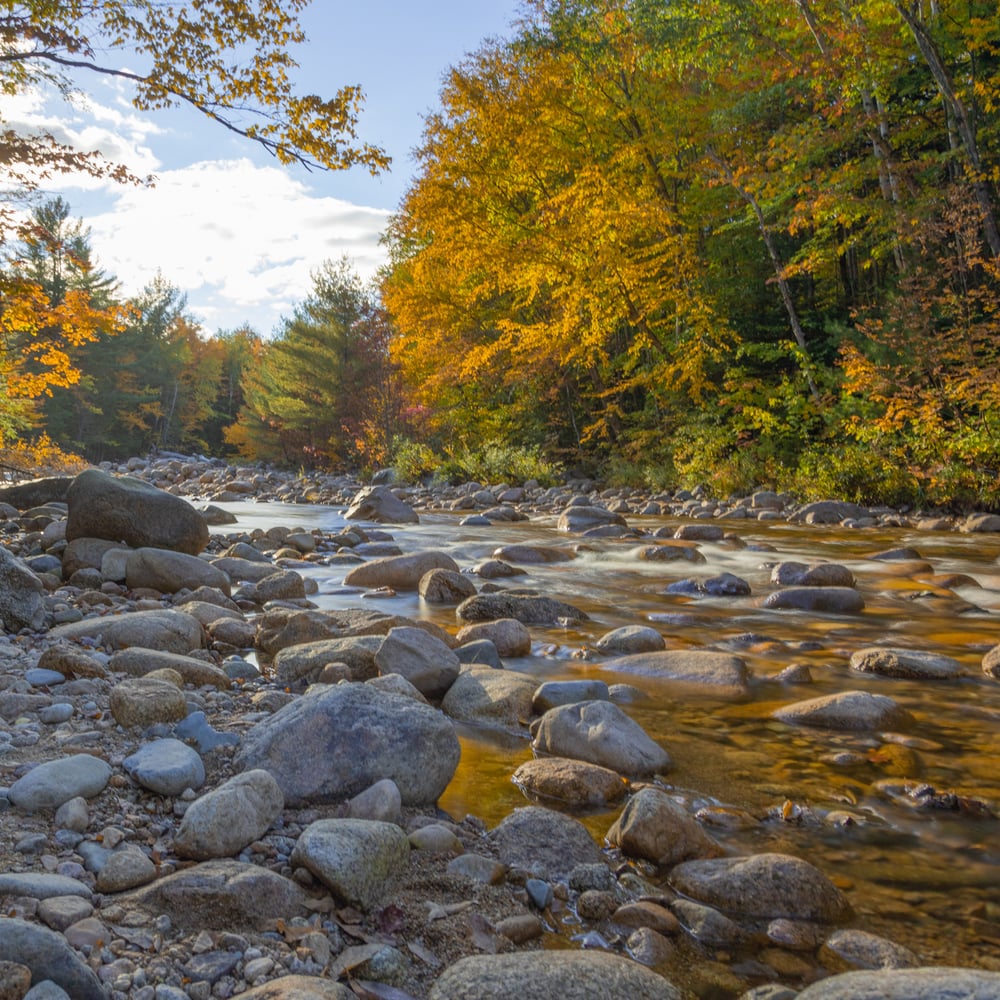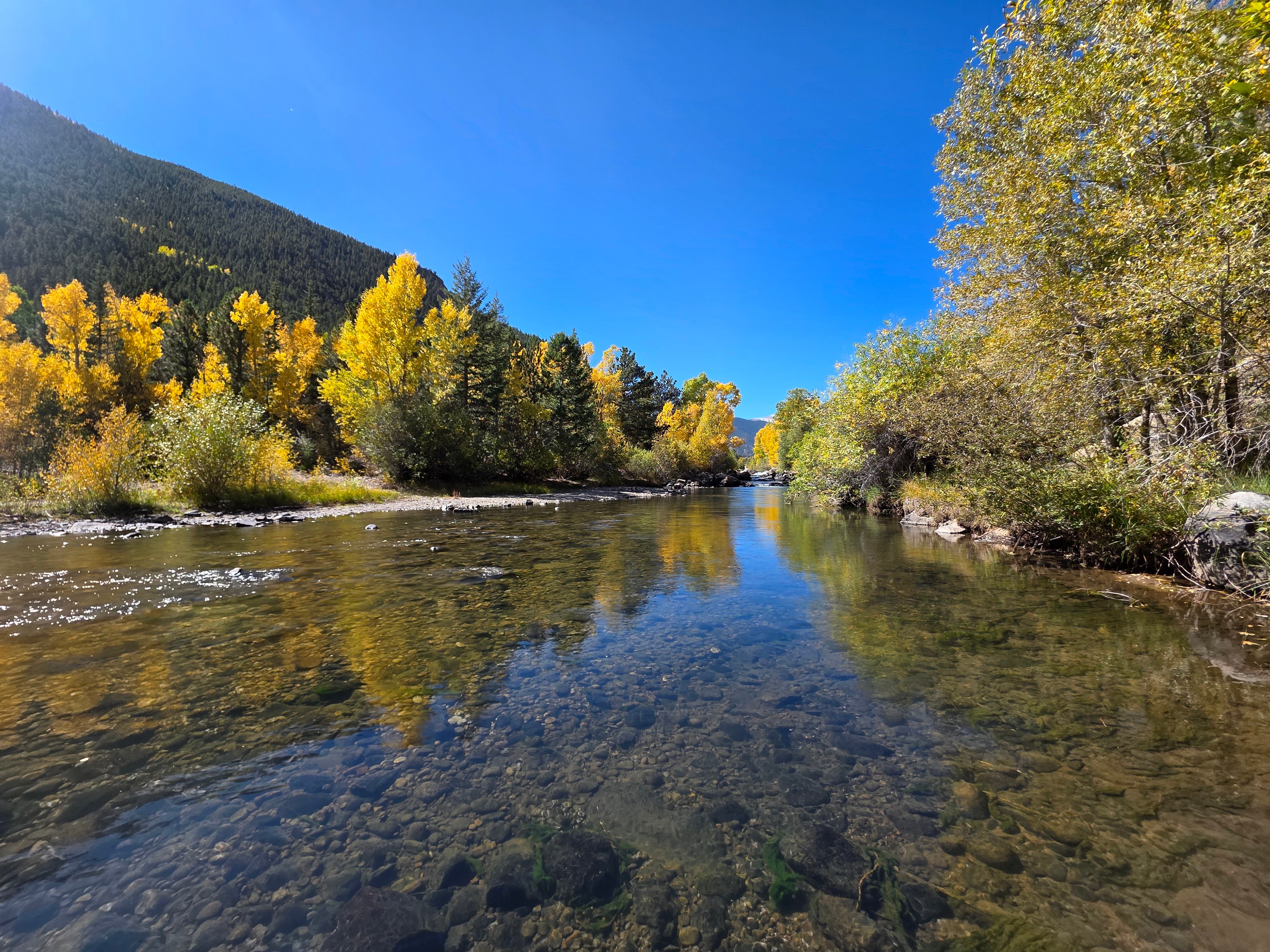Listen to the Audio Overview

A modern angler’s guide to the smallest patterns doing the biggest work
November in Colorado is a strange alchemy. The crowds thin. The water clears. The bugs shrink to the size of your patience. And the trout? They eat the tiniest food forms of the year with absolute commitment.
If you are not fishing small right now, you are leaving fish behind. This is the season when tiny flies stop being optional and become the entire playbook.
Below is the definitive list of the 11 micro-patterns that consistently catch trout across the South Platte, Blue, Colorado, Big T, Roaring Fork, and every creek with water colder than your fingertips.
Quick Take: Why Tiny Flies Work in November
- Cold water slows metabolic rates
- Midges dominate nearly every river
- BWOs get smaller, sparser, and more technical
- Post spawn trout are hungry but cautious
- Clear water amplifies silhouette and profile
Small flies remove suspicion. That is why they win.
The Top 11 Tiny Flies You Need Right Now
Below are the patterns guides actually fish in November, with notes on when and where each shines.
1. Mercury Midge
Sizes: 20 to 22
Where it wins: Deckers, Dream Stream, Blue River
Why it’s deadly: The tiny bead is just enough flash to seal the deal without blowing the drift.
2. Top Secret Midge
Sizes: 20 to 24
Where it wins: Cheesman, North Fork, Fryingpan
Why it’s deadly: Slim, sparse, hyper-realistic. This is the November closer.
3. Zebra Midge
Sizes: 20 to 22
Where it wins: Statewide
Why it’s deadly: It’s the midge equivalent of a cheeseburger. Everything eats it.
4. Black Beauty
Sizes: 20 to 22
Where it wins: Clear Creek, Bear Creek, Williams Fork
Why it’s deadly: Works in any clarity and mimics multiple midge stages.
5. RS2
Sizes: 20 to 22
Where it wins: Dream Stream, South Platte, Big Thompson
Why it’s deadly: The best baetis emerger on the planet. End of story.
6. Juju Baetis
Sizes: 18 to 20
Where it wins: Eagle, Roaring Fork, Colorado
Why it’s deadly: Easy to see, easy to track, easy to trust. Baetis that actually holds up.
7. Foam Wing Emerger
Sizes: 20 to 22
Where it wins: Lower gradient meadow water
Why it’s deadly: Fish this when noses are poking but not fully committing.
8. WD40
Sizes: 20 to 22
Where it wins: Everywhere BWOs exist
Why it’s deadly: Fishes especially well on the dropper behind an RS2.
9. Mayhem Midge
Sizes: 18 to 22
Where it wins: Cold canyons with clear water
Why it’s deadly: Subtle flash, natural profile, straight-up reliable.
10. Bling Midge
Sizes: 20 to 22
Where it wins: Slightly off-color water or low light
Why it’s deadly: A touch of flash turns refusals into takes when fish are cruising.
11. Griffith’s Gnat
Sizes: 18 to 22
Where it wins: Still afternoons and glassy seams
Why it’s deadly: The only November dry you truly need. Film eaters destroy this pattern.
Callout: The Perfect Tiny Fly Rig
If you want a plug-and-play November setup:
- 9 ft 5x fluorocarbon leader
- 5x to lead fly
- 6x to dropper
- Lead: RS2 or small baetis
- Dropper: Top Secret Midge or Mercury Midge
- Weight: One tiny shot
- Indicator: Yarn or small airlock
Keep your drifts short. Keep your angles good. Reset often.
Bonus: When To Upsize From Tiny
There are only three valid November reasons to tie on something bigger:
- Post-spawn egg drift in soft buckets
- Worms after snowmelt bumps
- Small leeches for slow, deep streamer presentations
Everything else lives in size 20 to 24.
Final Word
November belongs to the subtle, the sparse, and the patient. Fish get picky. Food gets tiny. And the anglers who stop forcing summer patterns on winter water catch the most fish.
If you’re heading to the Dream Stream, North Fork, Roaring Fork, or the Blue this week, this list is your real November advantage.
.png?width=300&height=100&name=Copy%20of%20Rise%20Beyond%20Logo%2012.31.24%20(300%20x%20100%20px).png)
.png)

-1.png)
